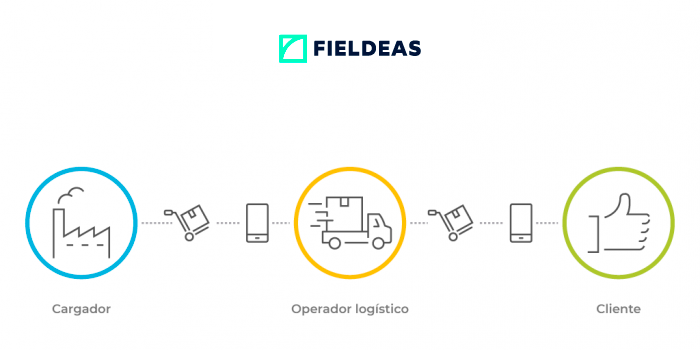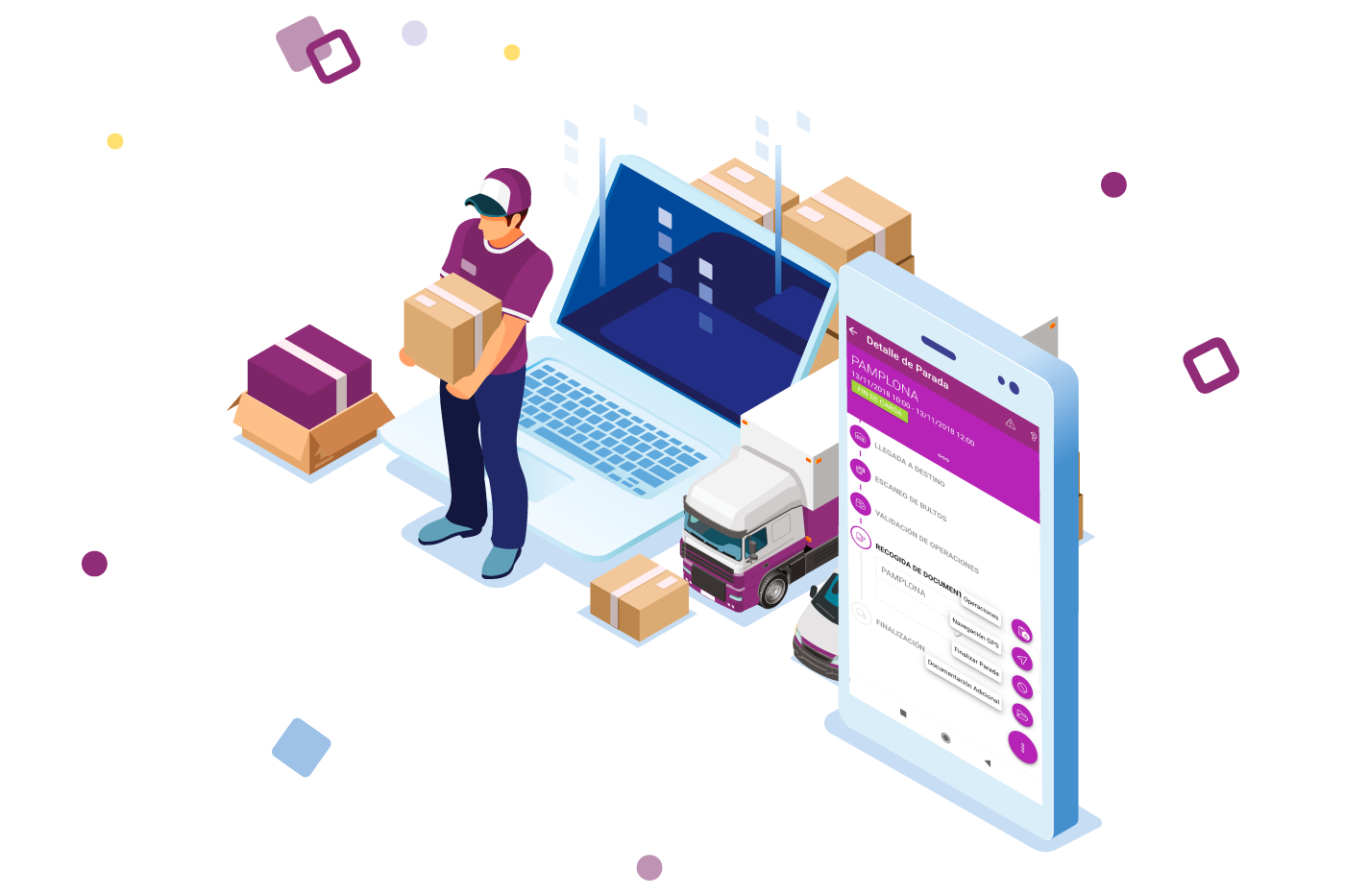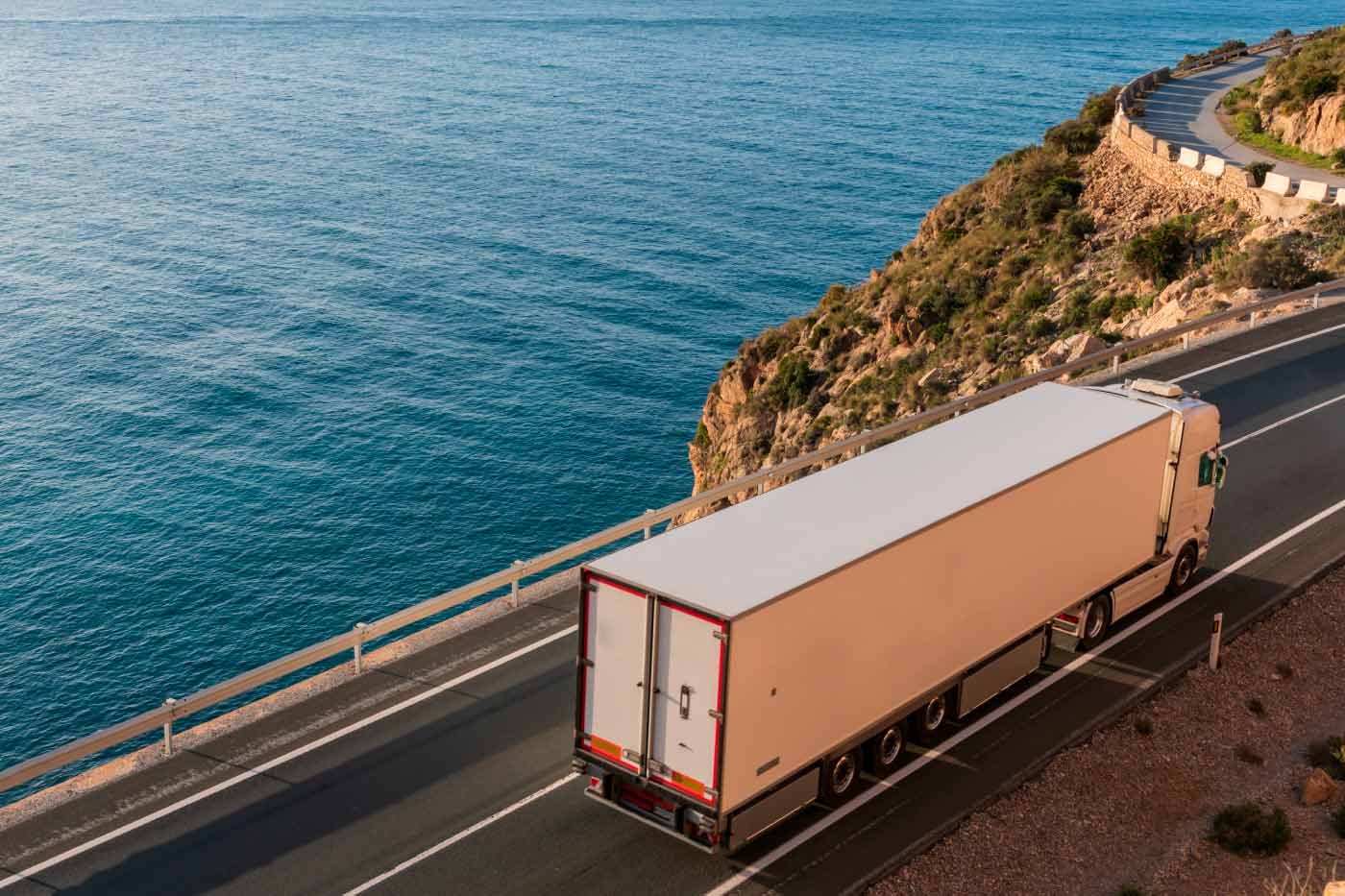The electronic CMR system has brought about a real revolution in freight forwarding. With it, all transport procedures can be carried out from one device, without the need for paper and with full legal guarantees. It allows drivers to avoid carrying paper waybills on their international journeys and is valid as a legal document in most countries on the European continent.
This digital system allows the transport company, the consignee and the driver to know in real time the status of the goods, the location of the truck or any incidents that may arise during the journey.
In addition, you can access relevant stock information immediately, increase efficiency in the loading process by reducing handling times, improve carrier safety and go paperless.
Advantages of electronic CMR for transportation
- Reduce administrative management costs for all participants by up to 70%.
- It is valid for any roadside inspection.
- Allows tracking of goods in real time. The information incorporated in the electronic document also allows to know all the times of the transport of the goods: start and end time of loading and unloading, duration of the trip, etc. It also makes it possible to know who is in charge of the goods at all times. The system allows you to create a document that functions as a delivery note.
- The eCMR is fully compliant with the law. It guarantees the parties that the transports to be carried out will be transparent and that the information will remain available to all parties.
- Security. The use of eCMR allows total control by the police. The goods can be easily controlled by the authorities, which immediately detect if the transport has left the route or has stopped.
- Paperless. It eliminates paper from this process and achieves greater transparency and traceability throughout the transport of goods.
- Transparency. By reflecting in the eCMR all the agents involved, total transparency of the supply chain is provided, making it more efficient and competitive. It is unalterable and cannot be manipulated because each transaction records date, time and place and cannot be modified later.
Improvements in land transport, together with electronic CMR, have made this type of transport the most widely used in recent years to carry goods within Europe. In addition, the logistics system has been enhanced by the advent of e-commerce and the endless possibilities of smartphones and GPS technology. The eCMR has been in force since January 2017 and each country must adapt in their national regulations to use this document.
Why use the electronic CMR?
The eCMR helps to make the movement of goods safer, more sustainable and more efficient. In Spain, it is mandatory that any goods being transported are correctly identified. Failure to identify it is a fault according to the Land Transport Law .
The electronic CMR can be applied wherever the collection or delivery of the goods is within the 19 European countries that have approved its use. Whether the journey is by ship, rail or air. The main reasons for using this solution are as follows.
- The first reason why it is important to implement eCMR in your company is economic. The paper-based CMR system means that there is a cost to issue, sign, file and share documents. In addition, the loss or deterioration of this document may cause problems at the time of invoicing.
- The second important reason is associated with the prevention of disputes between logistics partners due to incidents, different interpretations or erroneous data.
- The third reason is efficiency. Recipients will no longer receive their goods unexpectedly, they will know at all times how much time is left to arrive at your store. There will be no problems with wrong delivery addresses or contact persons. All information will come from the system.
How can eCMR be implemented?
The eCMR is relatively simple to implement. It integrates with an API in the database and automatically builds the system. So, at the moment of generating a transport order from the ERP, it is automatically generated in the electronic CMR platform. The carrier receives the information for the transport of the goods via his mobile device. While the recipient receives the goods using its own integration with the platform.
We share this talk “100% paperless transport” where we explain that it is possible to perform a 100% digital transport thanks to the integration of e-CMR, a system in full expansion and which has significantly improved the movement of goods.
#DigitalizeYourTransportationProcesses
Give extra reliability to your transport operations.













